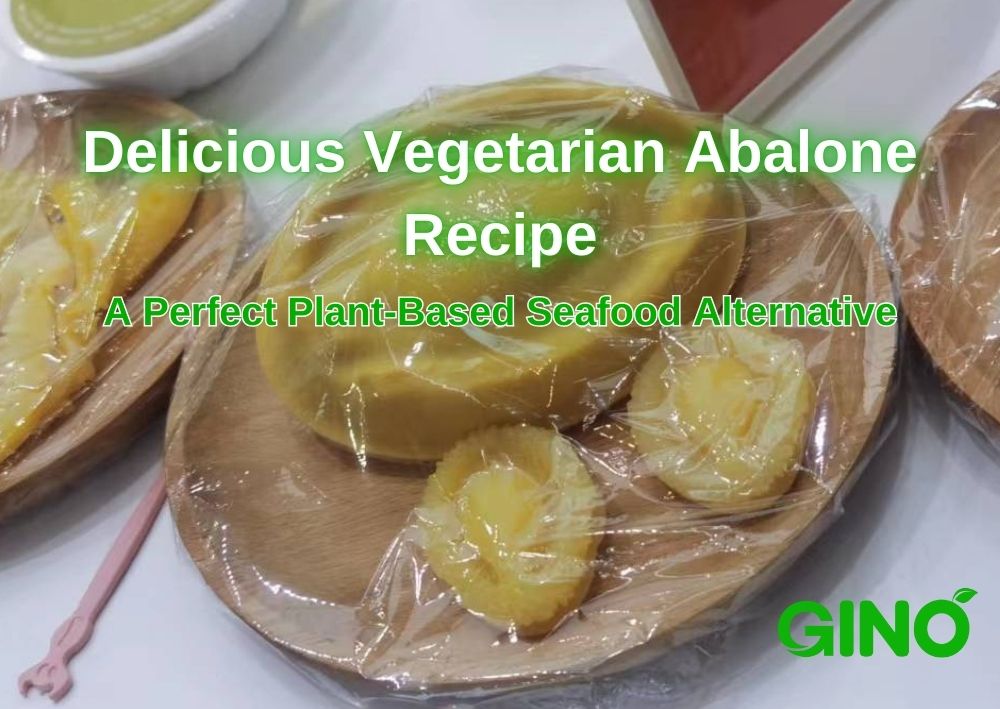
Citrus Pectin vs Apple Pectin: Which One is Right for You?
Citrus Pectin vs Apple Pectin
1. Introduction
When it comes to natural gelling agents, citrus pectin vs apple pectin is a topic of great interest in the food industry. Both types of pectin have unique attributes and applications, making them suitable for different uses. In this article, we'll explore the key differences between these two popular pectins in detail, helping you decide which one best fits your needs.

2. Overview of Pectin
Pectin is a naturally occurring polysaccharide found in the cell walls of fruits, primarily used as a gelling agent in food products. Both citrus and apple pectin can be categorized into high methoxyl and low methoxyl forms, each exhibiting distinct properties that influence their functionality in various applications.
3. Key Differences Between Citrus Pectin and Apple Pectin

Feature | Citrus Pectin | Apple Pectin |
Source | Extracted from citrus peels (oranges, lemons); contains up to 30% pectin | Extracted from apple pomace (pulp); contains about 15% pectin |
Methoxyl Content | High and low methoxyl forms available | High and low methoxyl forms available |
Transparency | Generally clearer | Typically less transparent |
Color | Lighter, usually white | Darker, often brownish |
Aroma Release | Superior aroma release | More neutral aroma |
Gelling Properties | Excellent for high clarity and stability | Good, but may require more sugar |
Preparation Method | Simple acid hydrolysis | More complex, often involves grinding and treatment with acid or enzymes |
Oxidation Sensitivity | More stable over time | Prone to oxidation over time |
Taste | Fresh and zesty | Mild and slightly fruity |
Health Benefits | High fiber, may aid digestion and lower cholesterol | High fiber, supports gut health and regulates blood sugar |
4. Detailed Insights
4.1 Source and Extraction Method
- Citrus Pectin: Extracted primarily from the peels of citrus fruits such as oranges and lemons. Citrus peels are ideal for pectin production due to their high pectin content of up to 30%. The extraction process is straightforward, typically using acid hydrolysis.
- Apple Pectin: Obtained from apple pomace, which contains about 15% pectin. The extraction process is more complex, often involving grinding and treatment with acid or enzymes to effectively extract the pectin.
4.2 Transparency and Color
Citrus pectin is known for its clarity, making it suitable for products where appearance matters. In contrast, apple pectin tends to have a darker color due to oxidizable components.
4.3 Aroma Release
The better aroma release of citrus pectin enhances the overall flavor profile of products, while apple pectin’s neutral aroma may not contribute significantly to flavor.
4.4 Gelling and Stabilizing Properties
Citrus pectin's excellent gelling capabilities are ideal for jams and jellies that require a clear gel. Apple pectin can still create gels but might need higher sugar concentrations to achieve similar results.
4.5 Oxidation Sensitivity
Citrus pectin is generally more stable and less prone to oxidation, whereas apple pectin may degrade more quickly if not stored properly.
5. Choosing the Right Pectin
The differences between citrus pectin and apple pectin are relatively subtle, and both can serve as effective gelling agents in various applications. Ultimately, your choice may come down to personal preference and the specific characteristics you desire for your product.
Citrus Pectin: If you prefer a clear gel with a fresh aroma and light color, citrus pectin might be the right fit for your needs.
Apple Pectin: If you value a slightly darker gel with a mild flavor, apple pectin could be your choice.
Both types offer excellent functionality, so you can confidently select the one that aligns best with your formulation goals or flavor preferences.
Conclusion


Understanding the differences between citrus pectin vs apple pectin is crucial for making informed decisions in product formulation. Each type has its unique strengths, making them suitable for different applications. By selecting the right pectin, you can enhance the quality and appeal of your food products.
At Gino, we offer a variety of high-quality pectin products and hydrocolloids, including citrus and apple pectin. Explore our range to find the perfect fit for your culinary needs!
Interested in elevating your food products with premium pectin? Contact us today to learn more about our offerings in the citrus pectin vs apple pectin spectrum and how we can help you achieve your goals!
Contact us









